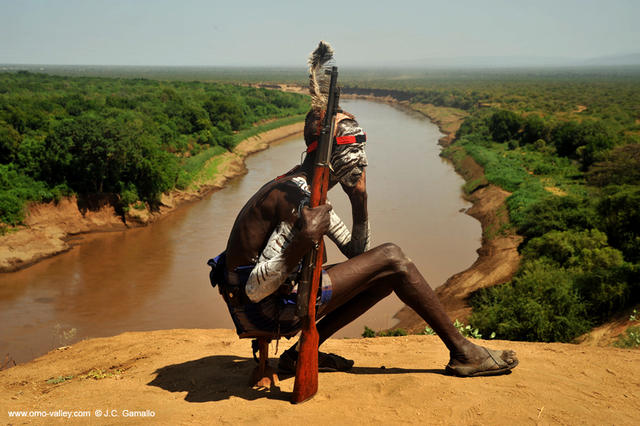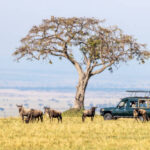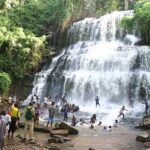The Omo River Region in southwestern Ethiopia is one of the world’s most unique and culturally diverse areas. This region is primarily known for its incredible anthropological significance and the variety of indigenous ethnic groups that reside along the Omo River. Here’s a detailed look at what makes the Omo River Region so unique:
Cultural Diversity
The Omo River Valley is home to an estimated two dozen indigenous ethnic groups, including the Hamar, Mursi, Karo, Nyangatom, Dassanech, and many others. Each group has distinct languages, customs, rituals, and attire, making the area a cultural mosaic. For example, the Mursi are well known for their lip plates, while the Hamar are famous for their bull-jumping ceremonies, a rite of passage for young men.
Natural Beauty and Geography
The Omo River stretches approximately 760 kilometers (472 miles) and is an essential water source for the tribes. The river’s annual flooding replenishes the soil, making the region fertile and lush in contrast to the surrounding dry savannas. The lower part of the Omo River is a UNESCO World Heritage Site, not only for its cultural significance but also for its rich biodiversity.
Anthropological and Archaeological Importance
The Omo River Region is a treasure trove for anthropologists and archaeologists. The area near Lake Turkana, where the river empties, is particularly famous for being a site where numerous ancient hominin fossils have been discovered, providing critical insights into human evolution. This includes some of the earliest known human remains, dating back nearly 2.5 million years.
Traditional Lifestyles
The communities living along the Omo River largely maintain traditional lifestyles, with economies based on livestock herding, fishing, and flood-retreat agriculture (cultivating the land after the annual floods recede). Their way of life is closely tied to the river and the natural environment, reflecting a harmonious balance and deep knowledge of the local ecology.
Challenges and Changes
The region faces significant challenges today, particularly from large-scale development projects like the Gibe III Dam, which threatens to alter the natural flooding cycle that local agriculture depends on. Additionally, increased tourism brings both opportunities and challenges to the traditional ways of life of the Omo Valley tribes.
Visiting the Omo River Region
For travelers, visiting the Omo River Region offers an unparalleled opportunity to observe unique cultural practices and traditional lifestyles that have persisted for generations. However, responsible and respectful tourism is crucial. Visitors are encouraged to be mindful of the local customs and the impact their presence has on the communities.
Conservation and Sustainability
Efforts to promote sustainable development and conservation are critical to preserving the Omo River Region’s natural and cultural heritage; this includes working closely with local communities to ensure that development projects and tourism maintain their traditional ways of life and the region’s ecological balance.
The Omo River Region is a profound testament to human cultural and biological diversity. It presents an extraordinary opportunity to learn about complex social structures, ancient human history, and the intricate connections between people and their environment.



